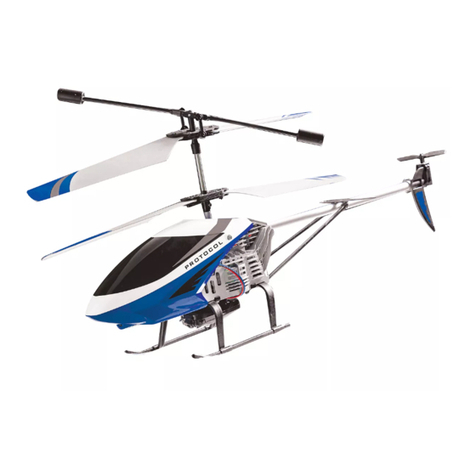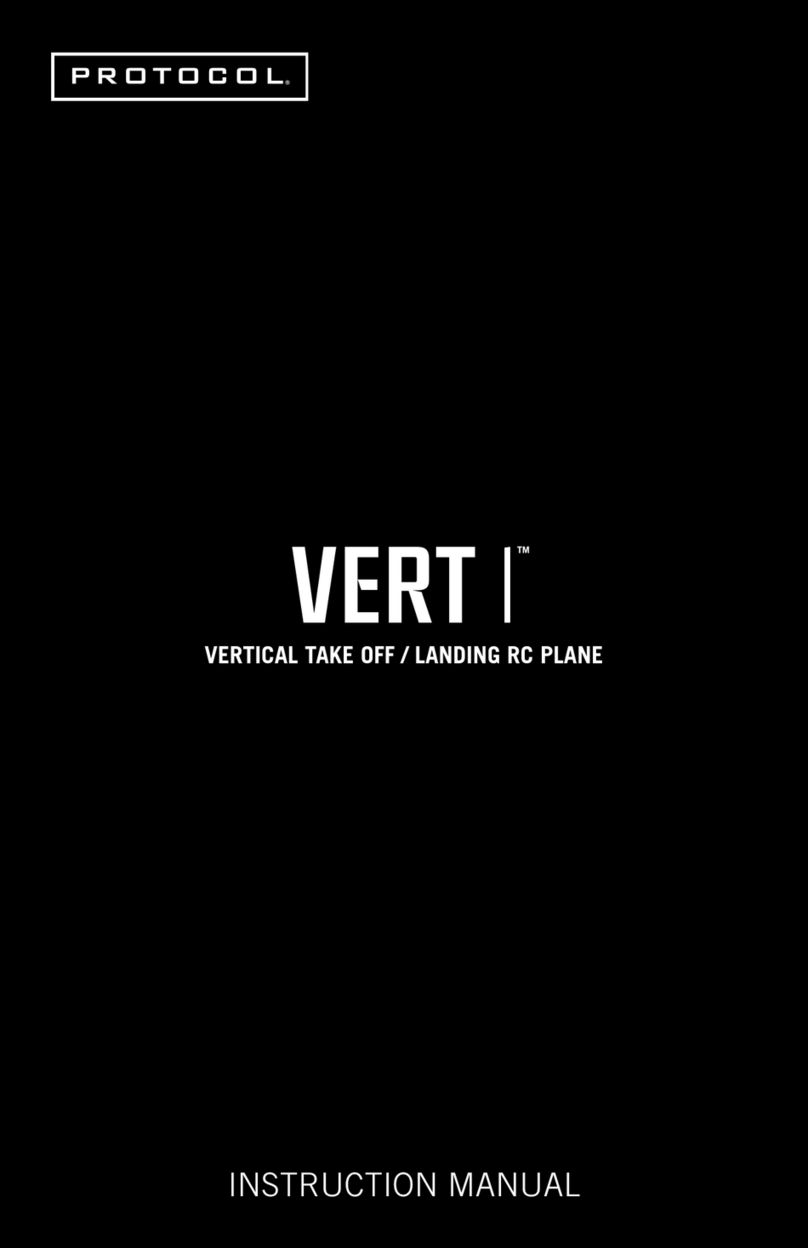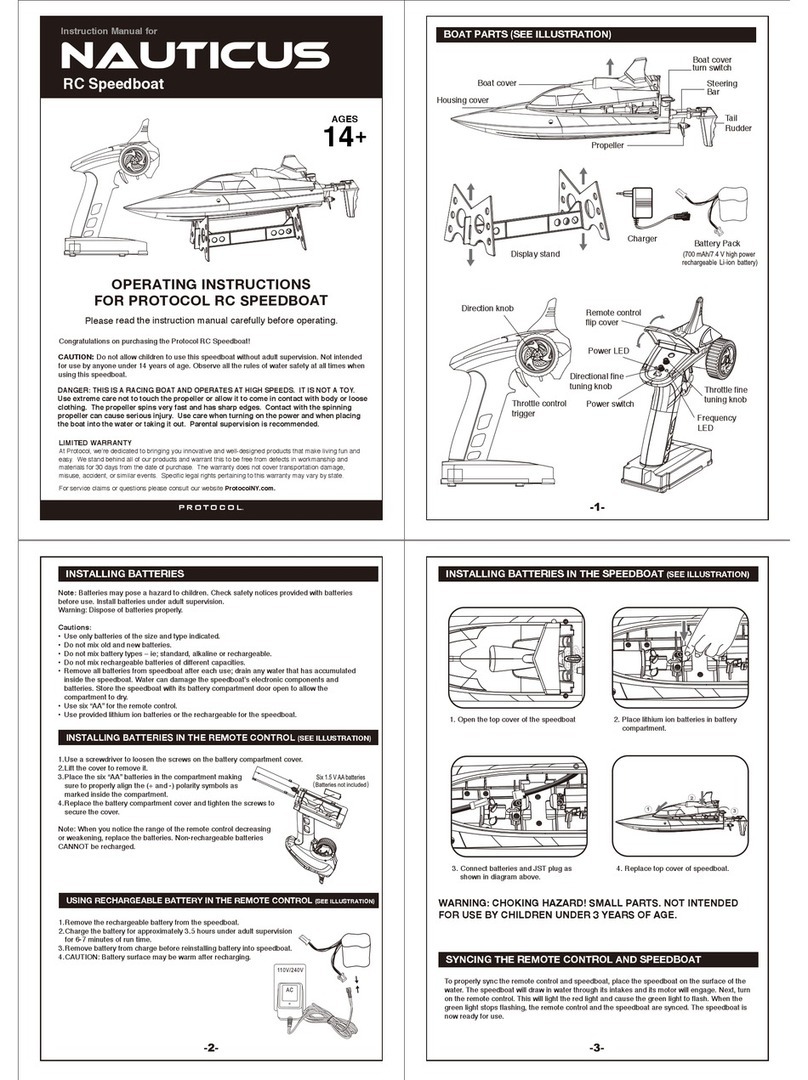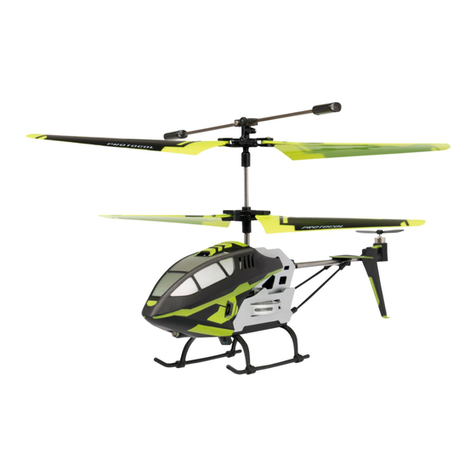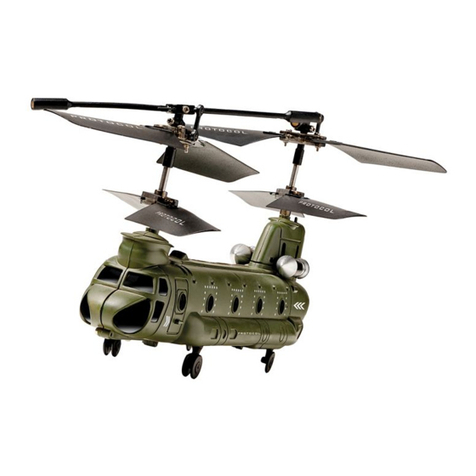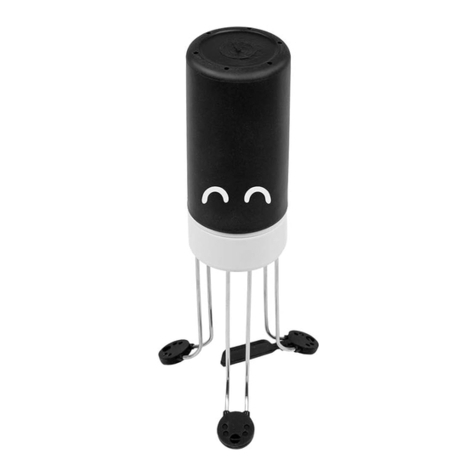
SAFETY WARNINGS
•Read and follow instructions on how to synchronize electronics
before each flight.
•To prevent damage to people or property, always avoid contact with
other objects while in flight.
•Inspect aircraft prior to each flight and do not fly if damaged.
•Never expose product or any of its electronic parts to moisture, water,
or heat sources.
•To prevent overheating, allow battery a cool-down period
before recharging.
•To prolong engine life, allow a cool-down period between flights.
•Use only the charger and/or charging cable that is suplied with
this item.
•Do not strike, cut, or pierce the internal battery or subject it to
hard impacts.
•Do not mix old and new batteries or mix different types of batteries.
•Never attempte to modify function of vehicle or controller or attempt
repairs using parts other then those supplied by Protocol. Spare parts
are available at www.ProtocolNY.com
FAA FLIGHT REGULATIONS:
•Observe local FAA rules and regulations for flight.
•Do not fly in unpermitted locations.
•Go to www.faa.gov/uas to learn more about FAA drone regulations.
•This plane weighs over .55lbs and requires registration.
HAVE FUN, BUT SAFETY FIRST!
THIS DEVICE USES COMPONETS THAT OPERATE AT HIGH SPEEDS.
AS WITH ANY SUCH DEVICE, USE CAUTION TO OPERATE SAFELY.
FAILURE TO FOLLOW ANY OF THESE GUIDELINES MAY RESULT IN BODILY
INJURY OR DAMAGE TO PERSONAL OR PUBLIC PROPERTY.
1






